Skopje - Excursion through the capital of Macedonia
- Written by Portal Editor
- Category: Skopje
- Hits: 15805
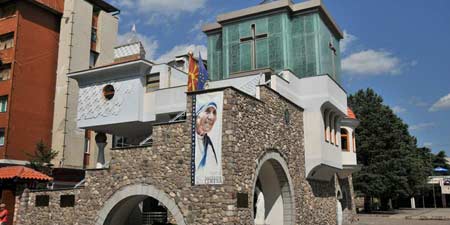
Of course, we were excited in looking forward to our first impressions what would convey our first trip to Skopje.
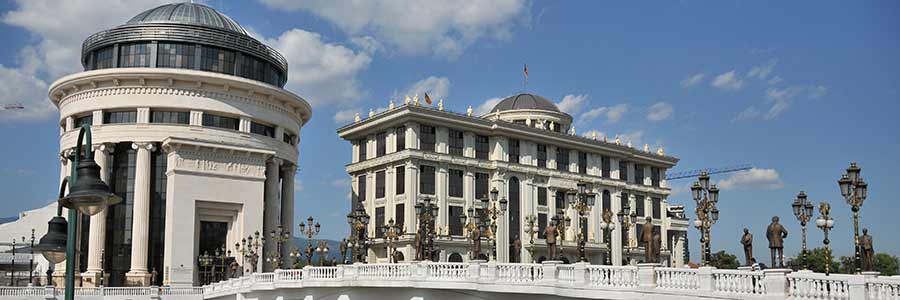
Skopje is the capital and largest city of the Republic of Macedonia. It is the country's political, cultural, economic, and academic centre. It was known in the Roman period under the name Scupi. The territory of Skopje has been inhabited since at least 4000 BC; remains of Neolithic settlements have been found within the old Kale Fortress that overlooks the modern city centre. On the eve of the 1st century AD, the settlement was seized by the Romans and became a military camp. When the Roman Empire was divided into eastern and western halves in 395 AD, Scupi came under Byzantine rule from Constantinople.
The Romans conquered during the Macedonian-Roman Wars in 168 BC. The Dardan Empire also came into power in the 1st century BC, but for decades they were only able to sparingly assert their rule in Macedonia and Illyria. At the beginning of his reign, the Roman Emperor Domitian (81 to 96 AD) settled veterans of the legions I Italica, III Augusta, IV Macedonica, V Macedonica, V Alaudae, IIII Flavia and VII Claudia in the settlement of Scupi, which resembled a military camp.
On January 19, 1392, Skopje came under Ottoman rule for more than 500 years. As the Yugoslavian orientalist Hasan Kaleshi reports, the first Ottoman margrave to live in Skopje was called Paşayiğit Bey, who perhaps built the city's oldest Islamic building, the Meddah Baba Mosque, around 1397. He was followed by his adopted son Ishak Bey, who built a hospice (later converted into a Friday mosque, which became known as the Colourful Mosque) and also donated a madrasa and library.

Of course, we were excited in looking forward to our first impressions what would convey our first trip to Skopje.

After the very disappointing impressions of the modernized inner-city area of Skopje with its numerous, sometimes kitschy sculptures, we were excited to see the part of the city centre that is a real remnant of Ottoman times, the Old Bazaar of Skopje.
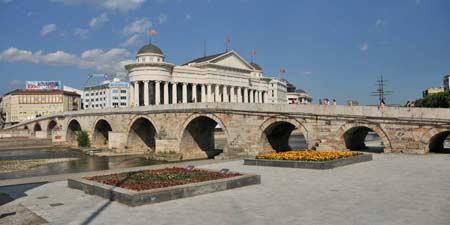
Of course, our first visit to Skopje, the state capital of Macedonia should also serve a little exploring on Roman monuments which were preserved by the yet so varied history.
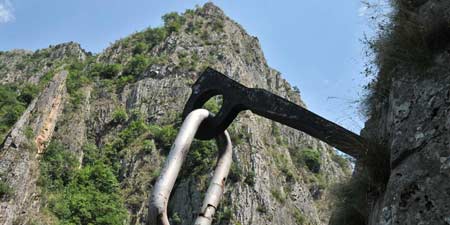
After our mostly disappointing days at Skopje, we were already on the way back to Lake Ohrid Camping Rino when we were discussing to visit Matka Canyon to report about this famous ravine, as we were able to see the sign board in a bend.
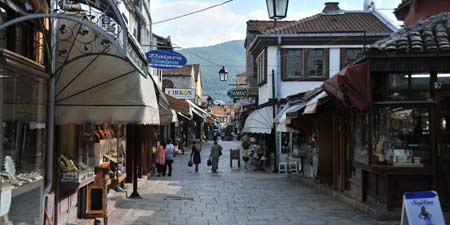
When in 518 an earthquake destroyed the entire city of Skopje, it was a primary concern of ruling Emperor Justinian I to rebuild the city. Not even a hundred years had passed when, in the winter of 594/95, the Slavic tribes of the Balkans, the tribes of the Slavs, destroyed the city again.